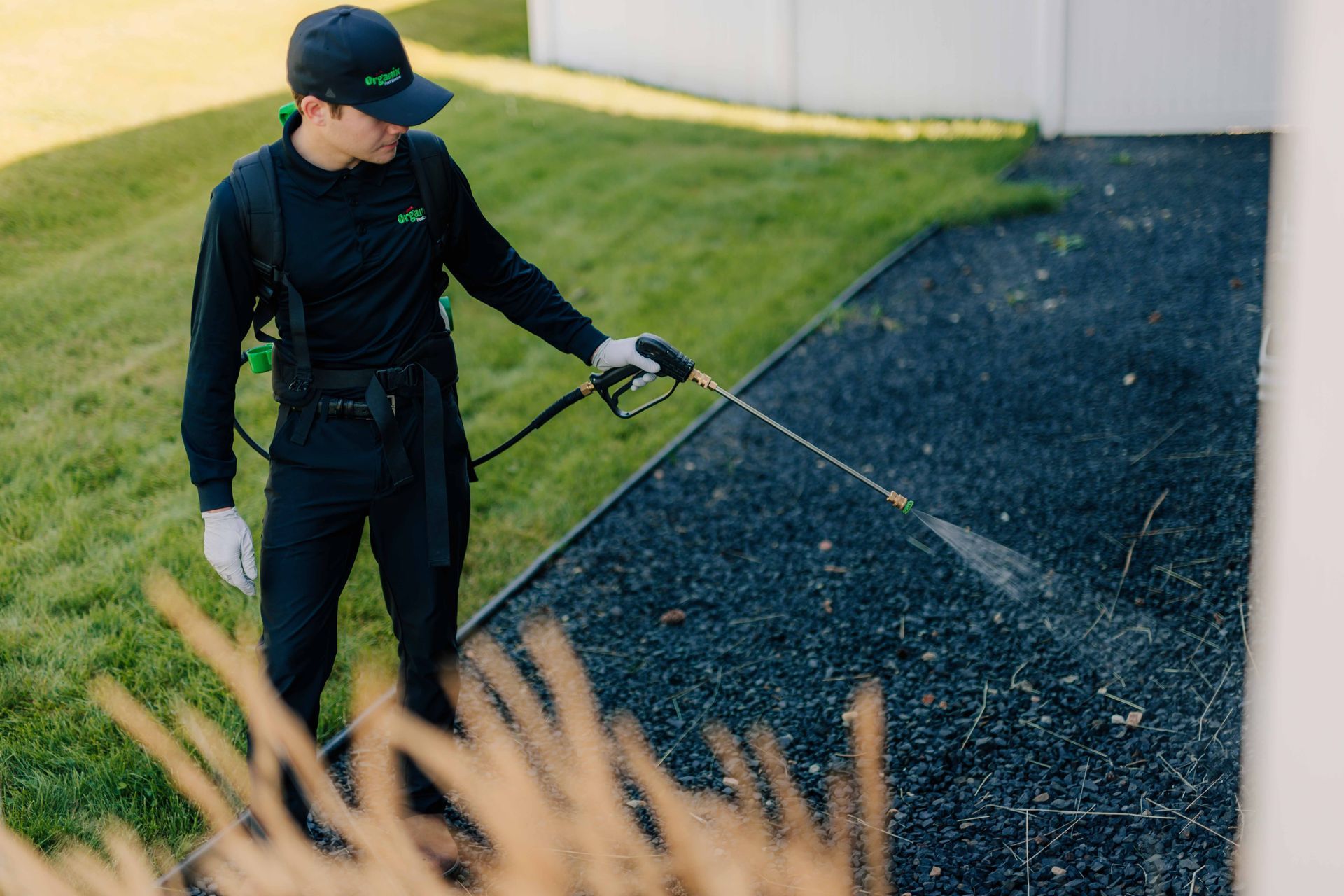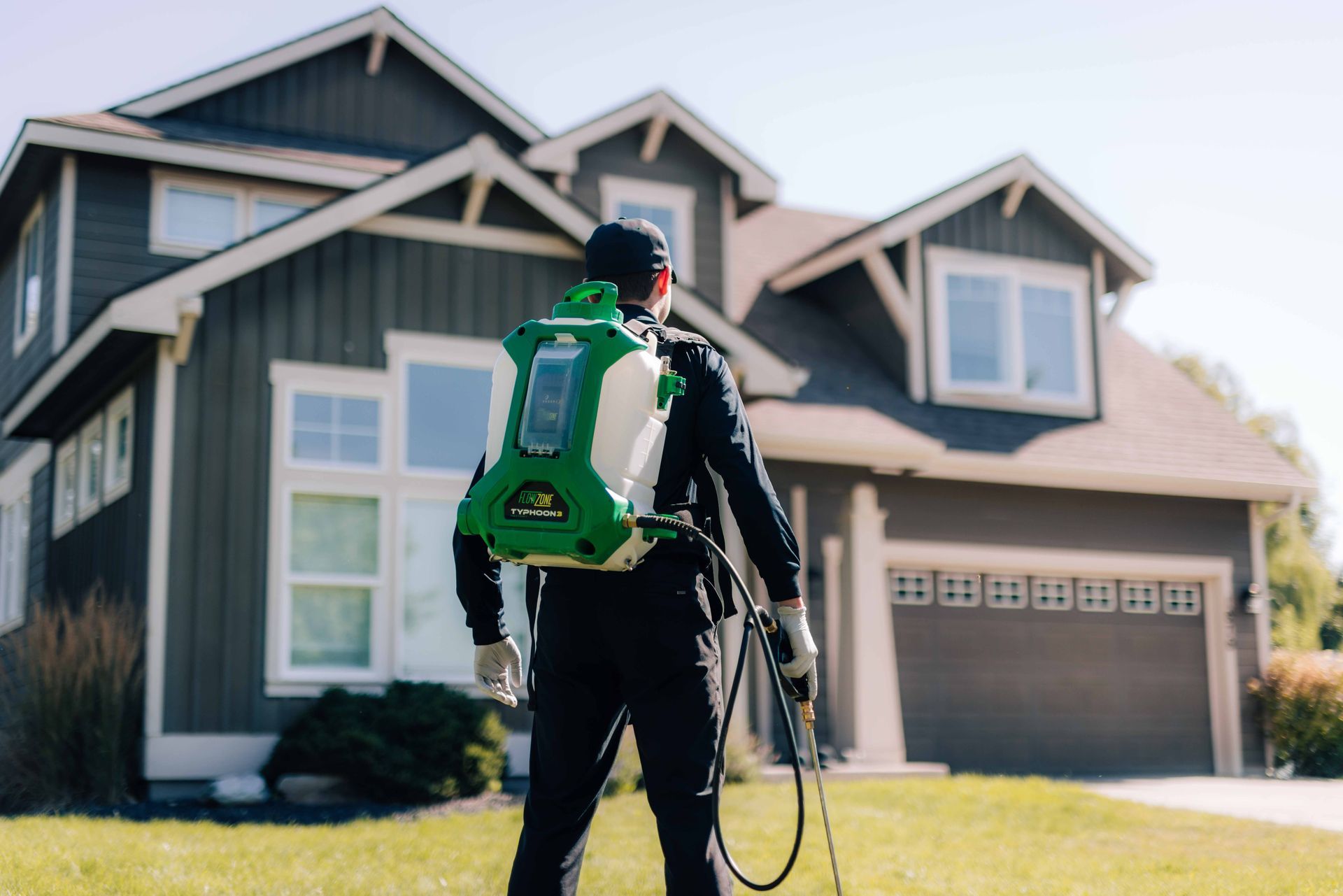How Do I Keep Mice Out of My Attic?
Effective Tips to Prevent Rodents from Nesting Overhead

Effective Tips to Prevent Rodents from Nesting Overhead
If you’ve been hearing scratching noises in your ceiling or found droppings in your insulation, chances are good you’re dealing with a mouse problem in the attic. Mice love attics because they’re warm, quiet, and undisturbed. Once inside, they can cause significant damage by chewing wires, contaminating insulation, and nesting in stored items.
So, how do you keep mice out of your attic for good? This blog post explains why mice invade attics, how they get in, and the most effective ways to prevent and eliminate rodent activity in your home.
Why Mice Are Attracted to Attics
Attics offer the perfect environment for mice, especially during fall and winter months when outdoor temperatures drop. Common reasons mice target attics include:
- Warmth and shelter from cold weather
- Easy access to nesting materials like insulation, cardboard, and fabric
- Quiet, undisturbed spaces where they can breed
- Close proximity to food sources (especially if your kitchen is directly below)
Once a mouse finds its way in, it can quickly attract others, leading to a larger infestation in a matter of weeks.
How Do Mice Get Into the Attic?
Mice can squeeze through gaps as small as ¼ inch, about the size of a pencil. Here’s how they typically enter:
- Roof vents and gable vents with damaged or missing screens
- Gaps around soffits, eaves, and fascia boards
- Chimneys and roofline intersections
- Unsealed utility penetrations (wiring, pipes, HVAC lines)
- Tree branches touching or hanging near the roofline
Regularly inspecting and sealing these access points is crucial to keeping mice out.
7 Proven Ways to Keep Mice Out of Your Attic
1. Seal All Entry Points Around the Roof and Exterior Walls
Use steel wool, caulk, or hardware cloth to block holes and gaps where mice may be entering. Pay special attention to:
- Roof vents
- Plumbing and utility lines
- Chimney gaps
- Eaves and overhangs
2. Trim Back Trees and Overhanging Branches
Tree limbs near your roof can serve as a bridge for rodents. Trim back branches at least 6–8 feet away from the home to reduce access points.
3. Store Items in Sealed Plastic Bins Instead of Cardboard
If your attic is used for storage, swap out cardboard boxes for hard plastic containers. Mice can chew through cardboard but struggle with thick plastic.
4. Install Mesh Screens Over Vents and Openings
Cover gable vents, soffits, and attic fans with metal mesh (¼ inch or smaller) to prevent rodent entry while still allowing proper ventilation.
5. Keep the Attic Dry and Well Ventilated
Mice are drawn to damp, musty environments. Reduce humidity and condensation in your attic by:
- Using a dehumidifier if necessary
- Ensuring adequate airflow through vents
- Checking for roof leaks or moisture buildup
6. Use Rodent Repellents and Deterrents
Place natural deterrents like peppermint oil soaked cotton balls, mothballs (use with caution), or ultrasonic rodent repellers in corners, near suspected entry points, and around stored items.
7. Set Traps Before You Have a Problem
Prevention isn’t just about sealing entry, consider placing a few snap traps or live traps in safe areas to monitor potential activity.
Signs You Already Have Mice in the Attic
Not sure if mice have already moved in? Look for these telltale signs:
- Droppings (small, dark pellets)
- Chewed wires or insulation
- Nesting materials (shredded paper, fabric, etc.)
- Scratching or squeaking noises, especially at night
- Musky or ammonia like odor
If you’ve noticed any of these signs, you likely already have an infestation and should act quickly.
When to Call a Professional Pest Control Company
DIY prevention is essential, but if you suspect an active infestation, or if the problem persists despite your efforts, it’s time to bring in a pro. A licensed pest control company can:
- Inspect your attic thoroughly
- Identify and seal all entry points
- Remove rodents safely and humanely
- Apply long lasting deterrents to prevent future invasions
At Organix Pest Control, we specialize in eco friendly rodent prevention, ensuring your attic stays mouse free without compromising your family’s safety.
Final Thoughts: Stop Mice Before They Move In
Keeping mice out of your attic is all about being proactive. By sealing entry points, managing your outdoor environment, and setting early deterrents, you can prevent costly damage and protect your home from unwanted guests.
Need help getting started? Dealing with an existing rodent problem? Contact Organix Pest Control today to schedule a professional attic inspection and keep your home rodent free, season after season.
Frequently Asked Questions (FAQ)
1. Can mice really climb up into my attic?
Yes! Mice are excellent climbers. They can scale walls, trees, and even brick to access attics and upper level spaces.
2. Is it safe to use poison bait in the attic?
While poison is effective, it’s not recommended for DIY use, dead mice may decay inside walls or insulation, creating foul odors and health risks. Professional prevention is a safer alternative.
3. How often should I inspect my attic for mice?
Check your attic
at least twice a year,
especially before and during colder months when mice seek shelter.
4. Do ultrasonic repellents really work?
Results vary. Ultrasonic devices may help as part of a broader strategy but are rarely effective on their own.
5. Will mice come back after removal?
If entry points aren’t properly sealed and food sources remain available, mice can return. That’s why
long term prevention and exclusion are key.









